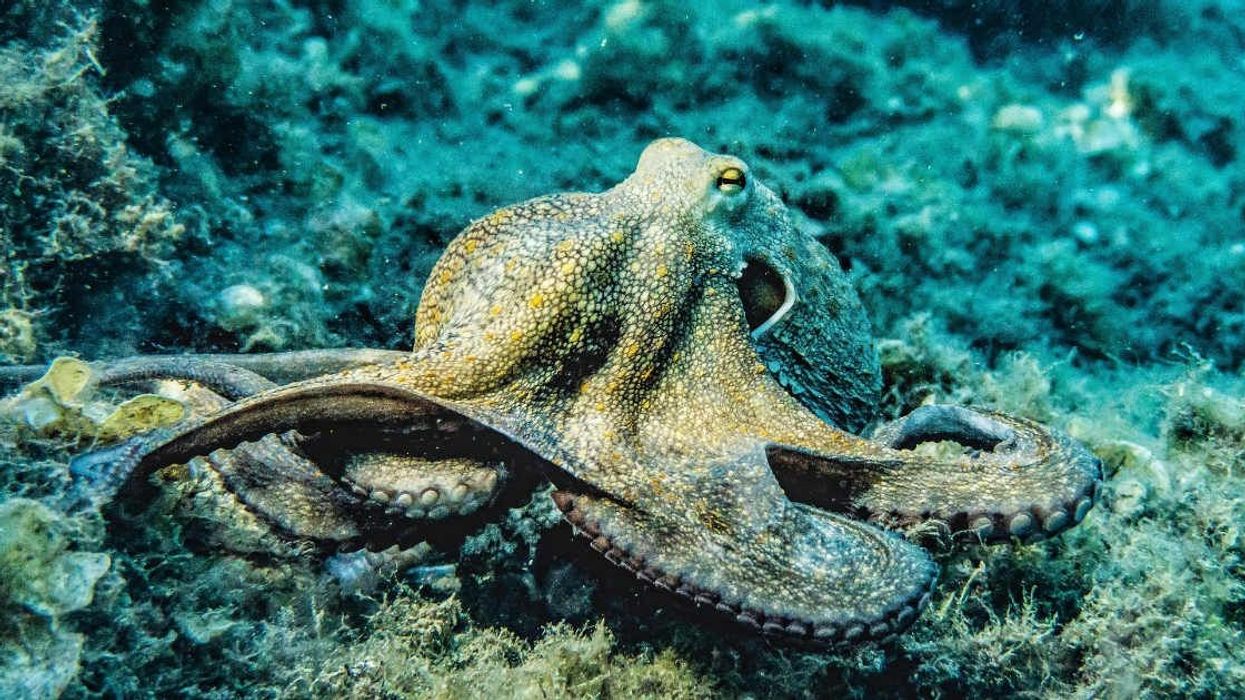A guide to foraging for your own food without killing something endangered-or yourself.
Small, tart wild-blueberries plucked straight from the bush. Concord grape jam. Fiddleheads from the banks of the Connecticut River. Nettles from under the power lines. Wild onions. Maple sap. Tart crab apples from the decorative tree planted next to the radio station downtown.There's a primal kind of pleasure in finding a chanterelle mushroom unexpectedly, in discovering the bitter taste of dandelions that have been crowding out the lawn, in getting something for nothing. Wild foods seem like particularly virtuous finds as antidotes to industrial farming, an authentic taste of feral flavor, full of the spirit of a romantic, untamed America-virgin forest, amber plains, rugged shores-a place unbounded by law. In the Omnivore's Dilemma, Michael Pollan calls his final meal-wild boar, wild abalone, wild chamomile, and cherries gleaned from a neighbor's tree-the "Perfect Meal."More people appear to be scrounging around for free foods that hearken back to the hardscrabble thrift of the Depression. Dandelions, purslane, and other weeds appear to be becoming the new arugula, showing up on upscale restaurant menus nationwide. In San Francisco, a community supported forage group has started delivering shares of wild foods and a hunting society has begun arming foodies with guns and the opportunity to shoot wild game. Many other organizations are dedicated to gathering and gleaning free food.But foraged food is not without its pitfalls. Like the rest of what we eat, foraging for food comes with consequences and complex ethical dilemmas. For those curious about finding wild edible fungi, fauna, lichens, seaweeds, leaves, shoots, tubers, or fruits, here are five things to keep in mind:DINING OUT WITH WILDNESS Wild game meats have to be USDA-inspected and, with only one exception (Broken Arrow Ranch in Texas, the only authorized supplier of "field harvested" game in the United States), "wild" animal meats at restaurants and grocery stores is generally farm-raised. Most "wild" blueberries are grown on well-maintained low-bush blueberry patches that are burned or pruned and are only wild in the sense that they're not planted. Seafood and fungi tend to be the best bet for finding truly wild foods in the grocery store.IDENTIFICATION IS THE KEY TO HUNTING ANYTHING Last year, a European chef suggested adding poisonous henbane to salad. Experienced mycologists sometimes confuse edible mushrooms with poisonous ones like Galerina autumnalis. In 2007, Steven Rinella, the author of A Scavenger's Guide to Haut Cuisine, was photographed holding a song sparrow in a New York Times story about cooking wild birds, although the Times later corrected the caption by saying Rinella had released the protected song sparrow alive. Even professionals make mistakes. As guides caution, don't make wild foods your last meal. The best places to start are regional guide books, other foragers, or (for the botany nerds) detailed plant taxonomy websites.KNOW HOW TO ETHICALLY HARVEST WHAT YOU'RE PICKING An apple tree keeps growing and mushroom mycelium continues to colonize rotting wood once a fruit or fungi has been picked: The organism continues to live and thrive. Other plants-ramps (wild leeks) or fiddlehead ferns-can be damaged or possibly endangered. One Canadian official compared eating ramps to "dining on old growth cedar." As Lucy Seigel writes in The Observer, the Guardian of London's weekly magazine, "Humanity already has one lesson in how not to exploit wild resources: Look no further than the pitiable state of fishing. Go wild, but not with abandon." Go wild, but not with abandon." Fruits and fungi tend to be okay, but if it has roots or it's moving, think twice.GET PERMISSION, IF POSSIBLE United States law permits gleaning, or gathering cultivated crops like potatoes from consenting farmers' fields. In general, foragers abide by usufruct (derived from the Latin "use" and "fruit"): they're free to enjoy apples gathered from a tree growing in your neighbor's yard provided the harvest doesn't damage the property or the tree. Fallen Fruit in Los Angeles and other urban fruit gathering projects suggest harvesting fruits located on or overhanging public property.JUST BECAUSE IT'S WILD, DOESN'T MEAN IT'S CLEAN Many leafy green plants grown in urban environments absorb lead, pesticide residue, and vehicle emissions. Trichinellosis is more common in wild game. Clams are susceptible to red tide. And as the Wall Street Journal's forage expert William R. Snyder writes, harvesting wild watercress near residential subdivisions could lead to bacteria and parasitic infections, a "Yankee's variety of Montezuma's Revenge."When done right, finding your food in the wild can offer a refreshing focus to your menu, and provide relief from the overwhelming choices in the average supermarket. Eating wild food requires paying attention and often means getting something seasonal and fresh for free. Last month, I waded knee-deep in a creek to harvest peppery wild watercress. Eating the spicy greens made the cultivated salad-variety watercress seem pathetic and wimpy. And it's because these kinds of "perfect meals"-made from full-flavored found food in our downtowns and backwoods-that the call of wild endures.Top photo: Ken Wills forages for black trumpet mushrooms in Maine. By Peter Smith. Bottom photo: The author forages for wild watercress. By Natalie Conn
















 Otis knew before they did.
Otis knew before they did.